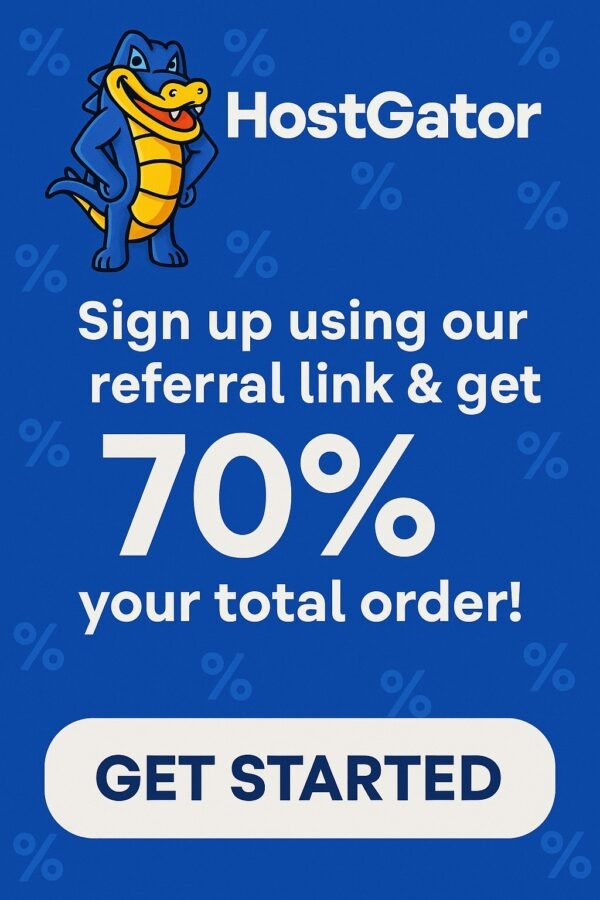Views: 4
Finding your place in a noisy digital world is no small task. Everyone from hobby bloggers to seasoned entrepreneurs faces the same pressing question: how to find a niche that works. It is not about chasing every possible opportunity.
It is about carving out a space where your knowledge, passion, and the needs of others intersect. If you think of the internet as a crowded arena, the niche is the spotlight. Without it, you are just another face in the crowd.
In this article, we will take the 360-degree tour of finding a niche. We will talk about passion, market demand, testing, competition, and the prompts that can spark the right answers.
Along the way, you will see how choosing the wrong niche can sink your time, money, and sanity, while the right niche can become the launchpad for a thriving business or side hustle.
Why Learning How to Find a Niche Matters
It might sound simple, but knowing how to find a niche is the backbone of any successful online presence. Think about it. If you try to be everything to everyone, you end up standing in the shadows. Audiences are not looking for generic voices. They are searching for clarity, solutions, and trust.
People follow accounts, buy products, and subscribe to newsletters because the person behind them has become the go-to expert in one area. Once you lock down your niche, you stop competing with every other person on the internet and start connecting directly with people who actually care.
Prompt: Show me ten potential niches based on my skills in writing, technology, and food, highlighting which ones have high demand and low competition.
Step One: Start with Passion
When you want to understand how to find a niche, passion has to be the spark. It does not mean you must love every second of the work. But if you are going to spend hours creating content, building products, or showing up consistently, you need to at least enjoy the subject.
If your niche is built purely on chasing trends without personal connection, burnout arrives quickly. Passion is what gets you through the late nights, the slow growth phases, and the uphill climb of building trust with your audience.
Think of it like fitness. Anyone can push through one workout, but lasting transformation comes from loving the process enough to keep showing up.
Prompt: List five hobbies or interests I talk about constantly, and show me how they could be turned into profitable niches.
Step Two: Research Market Demand
Passion alone is not enough. You could have a deep love for antique teapots, but if only three people are buying them online each year, that passion will not turn into profit. Market demand is the balancing force that makes sure your chosen path has an audience.
Google Trends, keyword research tools, Reddit forums, and even TikTok hashtags can reveal whether people are hungry for content in your area. The demand test separates dreamers from doers.
Prompt: Find me the current market demand for niche ideas in sustainable fashion, gardening, and productivity apps.
Step Three: Narrow Down the Audience
How to find a niche becomes clearer once you stop thinking about vague “audiences” and start defining real people. Picture your ideal follower, reader, or customer. What keeps them awake at night? What do they Google at 2 a.m.? What conversations do they avoid because they do not have answers?
The tighter your audience, the stronger your message becomes. For instance, instead of focusing on fitness in general, zoom in on busy dads over 40 who want 20-minute workouts at home. Now your content speaks directly to the struggles of a defined group.
Prompt: Help me create a customer avatar for my potential niche in personal finance for millennials with student debt.
Step Four: Evaluate the Competition
Once you know what excites you and where demand exists, it is time to see who is already playing in that space. Competition is not the enemy. In fact, competition often means the niche has money flowing through it. The trick is identifying whether there is room for your unique voice.
Study what your competitors are doing well and where they are falling short. Are they all posting the same content on repeat? Is their audience asking questions that no one is answering? That gap is your opportunity.
Prompt: Analyze the top three competitors in the niche of eco-friendly travel and show me how I could differentiate myself.

Amazon Fire Max 11 tablet (newest model) vivid 11” display, all-in-one for streaming, reading, and gaming, 14-hour battery life, optional stylus and keyboard, 64 GB, Gray
Step Five: Test Before You Commit
Knowing how to find a niche is only the beginning. Testing it in the real world is where the rubber meets the road. Before you buy a domain, launch a store, or build a course, create small content pieces around your chosen niche. Publish a blog, record a video, or post on social media. See how people respond.
The beauty of testing is that it reduces risk. Instead of spending months building something nobody wants, you gather feedback early and pivot as needed.
Prompt: Suggest three small-scale tests I can run to validate my niche idea in remote work productivity tools.
Step Six: Check Profit Potential
The phrase “follow your passion” sounds poetic, but passion without profit is a hobby. And hobbies are great until you realize your electric bill does not care how many likes you got on Instagram. Profit potential matters because at the end of the day, a sustainable niche is one that can be monetized.
Profit comes in many forms: affiliate marketing, digital products, services, memberships, or physical goods. Research how others in the space are making money. This step answers whether the niche is simply interesting or actually income-generating.
Prompt: Identify five monetization opportunities within the niche of personal development for new managers.
Step Seven: Align with Trends but Stay Timeless
The sweet spot is blending evergreen topics with trend awareness. A niche built only on short-term fads is like building a sandcastle at low tide. It looks great until the first wave rolls in. On the flip side, evergreen content keeps paying dividends for years.
For example, a niche around “AI tools for writers” has both long-term growth and timely relevance. But a niche around “this month’s TikTok dancing AI trend” could fade in weeks. Balance is the key.
Prompt: Give me five niche ideas that combine long-term evergreen demand with trending topics in technology and lifestyle.
The Common Mistakes When Learning How to Find a Niche
- Chasing every shiny object: Jumping from one idea to another without ever planting roots.
- Ignoring monetization: Falling in love with a topic that nobody spends money on.
- Going too broad: Trying to serve “everyone who likes fitness” instead of a defined audience.
- Skipping research: Choosing based on gut feeling alone instead of data-driven insight.
- Quitting too soon: Giving up before the niche has time to grow.
Prompt: List ten common mistakes people make when trying to find their niche and how to avoid them.
Case Study: The Power of One Good Niche
Consider the story of a man who loved woodworking. At first, he blogged about every possible DIY project, from shelves to garden benches. His traffic trickled in, but nothing stuck. After reviewing his analytics, he noticed that posts about wooden toy cars always outperformed the rest. He doubled down, turned his site into the go-to source for toy car building, and soon launched plans and kits that sold worldwide.
His success was not luck. It was the result of learning how to find a niche, testing the waters, and focusing where the real demand existed.
Bringing It All Together
Finding your niche is like dating. At first, it feels overwhelming. You try a little of everything, swipe through options, and wonder if there is really a match for you. But once you find that one connection that makes sense, the noise disappears. You stop looking around and start building something lasting.
When you combine passion, market demand, audience definition, competitive gaps, and profit potential, you no longer ask how to find a niche. You start living inside it. And once you find that, your work shifts from stressful to sustainable.
Prompt: Write me a five-step action plan to go from zero to launching my niche website in the next 30 days.




